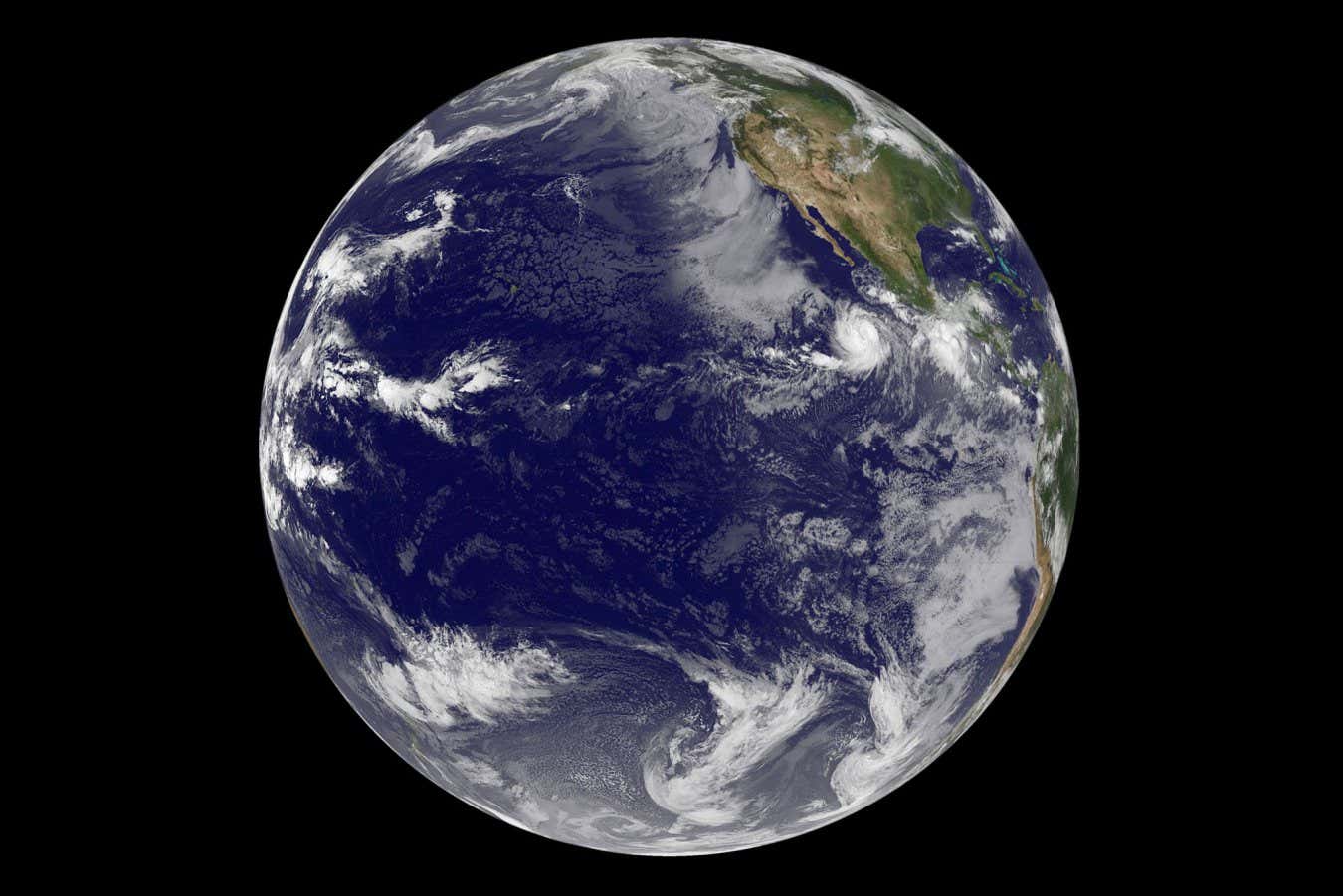A major cycle of Pacific Ocean temperatures is shifting due to climate change, and that could drive decades of megadrought in the western US
By James Dinneen
13 August 2025
The Pacific Ocean moves through a decades-long cycle of shifting temperatures
NG Images/Alamy
Waters in the northern Pacific Ocean naturally cycle between patterns of cool and warm temperatures every few decades. But hundreds of simulations from climate models suggest human-caused warming may have locked this cycle into a pattern that is driving a megadrought in the western US – and could extend this dynamic for decades.
Read more
California’s groundwater drought continues despite torrential rain
“We expect that as long as greenhouse gas forcing continues to increase, there will be continued meteorological drought in the western United States,” says Jeremy Klavans at the University of Colorado, Boulder.
Since the 1850s, sea surface temperatures in the northern Pacific Ocean have regularly cycled between a positive phase, with temperatures above average in key parts of the ocean, and a negative one, characterised by cooler-than-average temperatures there. This slow cycle, which takes place over the course of decades, is called the Pacific Decadal Oscillation (PDO).
However, since the late 1980s, this cycle has undergone an extended negative trend. The ocean’s surface has maintained a horseshoe shape of cooler-than-average water surrounding a warmer interior. Last month, this negative phase saw its cooler-than-average temperature anomaly hit a new record.
In previous research, climate models suggested this long-term trend could occur naturally – but it would be a rare once-in-a-millennium event. Klavans and his colleagues thought that seemed unlikely. “Climate models taken at face value didn’t have the answer for us,” he says. “They told us it was bad luck.”
